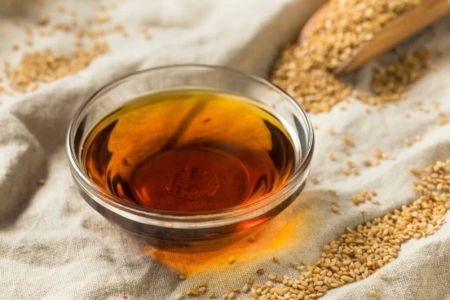Step-by-Step Guide to Making Chinese-Style Steamed Vegetables
- Introduction
- Essential Ingredients for Chinese-Style Steamed Vegetables
- Preparation Process for Perfectly Steamed Vegetables
- How to Flavor Your Steamed Vegetables
- Tips and Tricks for Steaming Vegetables Like a Pro
- Conclusion and Where to Buy the Best Ingredients
Chinese-style steamed vegetables are an easy yet flavorful way to enjoy a variety of fresh vegetables. Known for preserving both the nutrients and natural flavors, steaming is a healthy cooking method that is integral to Chinese cuisine. In this article, we will walk you through the process, from selecting the right vegetables to enhancing their flavor with traditional Chinese seasonings.
Essential Ingredients for Chinese-Style Steamed Vegetables
Before starting, it's crucial to choose the right vegetables. Chinese cuisine often features a balance of textures and flavors. Some common vegetables include:
- Bok choy
- Chinese broccoli (gai lan)
- Carrots (thinly sliced)
- Snow peas
- Mushrooms (shiitake or oyster)
These vegetables are ideal because they steam well and retain their crunch and flavor. When selecting vegetables, fresh and in-season produce will yield the best results.
Preparation Process for Perfectly Steamed Vegetables
Preparing Chinese-style steamed vegetables is simple but requires attention to detail to ensure perfect texture and flavor. Here's how you do it:
- Wash and peel the vegetables thoroughly to remove any dirt or pesticides.
- Cut them into uniform sizes to ensure even cooking.
- Fill a wok or steaming pot with water and bring it to a simmer.
- Arrange the vegetables in a bamboo steamer or on a heatproof plate, ensuring there’s enough space between them for steam circulation.
- Steam the vegetables for 5-10 minutes, depending on their thickness. Keep an eye on the texture, as you want them to remain tender yet crisp.
How to Flavor Your Steamed Vegetables
Steamed vegetables in Chinese cuisine are often enhanced with simple but flavorful seasonings. Here's how to add depth to your dish:
- Prepare a seasoning sauce made from soy sauce, sesame oil, minced garlic, and a bit of sugar.
- Once the vegetables are steamed, drizzle the seasoning over them while they are still hot.
- For an extra kick, add freshly chopped scallions, chili flakes, or a sprinkle of toasted sesame seeds.
This step is where you can really make the dish your own by adjusting the flavors to your taste. If you prefer something spicier, try adding a bit of chili paste or fresh ginger.
Tips and Tricks for Steaming Vegetables Like a Pro
To ensure the best results when making Chinese-style steamed vegetables, consider these helpful tips:
- Use a bamboo steamer for an authentic cooking experience.
- Don't overcrowd the steamer. This ensures each vegetable gets properly steamed.
- Steam vegetables just until they are tender to avoid overcooking.
- For added flavor, steam with a small amount of ginger or garlic in the water.
Conclusion and Where to Buy the Best Ingredients
Chinese-style steamed vegetables are an easy, nutritious, and delicious addition to your meal plan. By selecting fresh ingredients, using simple seasonings, and mastering the steaming process, you can create a vibrant dish full of flavor. If you're looking to make these vegetables at home, be sure to use high-quality, fresh produce. For the best selection of Chinese ingredients, check out Chinese Food for all your culinary needs!
Explore more and start making your Chinese-style steamed vegetables today!


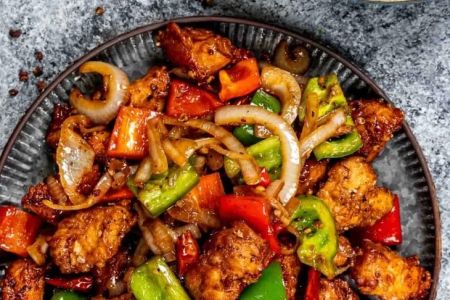
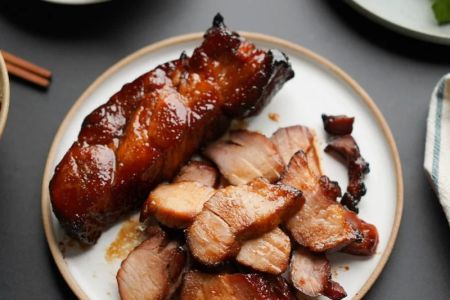
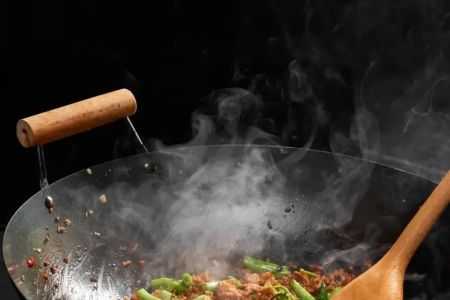
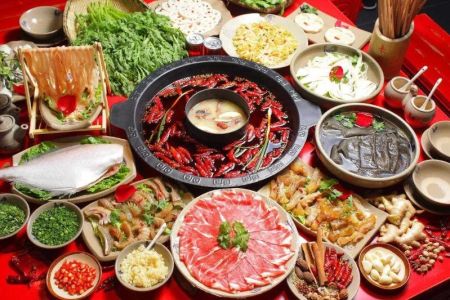
![Top Chinese Restaurants for Authentic Cantonese Cuisine in [Your City]](https://img.gochinarose.com/d33/2507/4157910400_450x300.webp)
